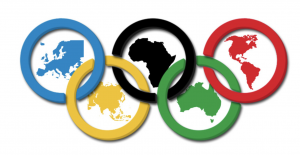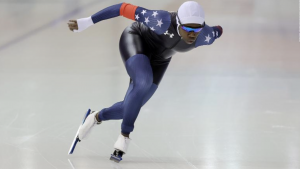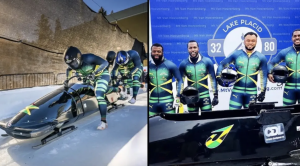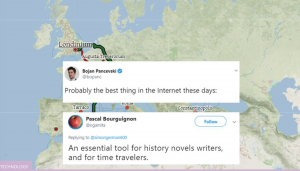 Ancient cities were often built around a fortress on top of a hill. When a city spread to the area below, the high part came to be called the acropolis, which means “city at the top” in Greek. The best-known acropolis is in Athens, Greece. The Acropolis of Athens contains the remains of several ancient buildings of great architectural and historical significance, the most famous being the Parthenon
Ancient cities were often built around a fortress on top of a hill. When a city spread to the area below, the high part came to be called the acropolis, which means “city at the top” in Greek. The best-known acropolis is in Athens, Greece. The Acropolis of Athens contains the remains of several ancient buildings of great architectural and historical significance, the most famous being the Parthenon
Spark your thinking!
1. Set up your social studies mini spark recording page: #52: The Acropolis
2. Watch this introduction video and respond to this prompt: Why was it important to the Greeks to have a location high above the city?
3. You will go on a virtual tour of the Acropolis of Athens. The Virtual Tour of the Acropolis highlights the most prominent monuments. Record these 4 monuments on your recording sheet: The Parthenon, the Propylaia, the Erechtheion, and the Temple of Athena Nike. Leave room so you can record 3-4 details about each one.
4. Watch this introduction video.
Go to https://www.acropolisvirtualtour.gr/ to start your tour. Add details on your recording sheet for each monument.
6. Share your social studies mini spark recording page with your teacher/EY coordinator.
Check out the Greek Mythology badges at the EY website.



 If you take a trip to western Nebraska you can visit the Museum of the Fur Trade in Chadron, Nebraska. This mini spark takes you there without any traveling.
If you take a trip to western Nebraska you can visit the Museum of the Fur Trade in Chadron, Nebraska. This mini spark takes you there without any traveling.




 In 2017, researchers off the Bulgarian coast discovered the oldest intact shipwreck ever found! This ancient Greek vessel was not only nearly 2,500 years old, but was just one of 65 shipwrecks found at the bottom of the Black Sea in remarkable condition. So, why does the Black Sea contain so many well-preserved shipwrecks? Helen Farr and Jon Adams dive into the depths of the unique body of water.
In 2017, researchers off the Bulgarian coast discovered the oldest intact shipwreck ever found! This ancient Greek vessel was not only nearly 2,500 years old, but was just one of 65 shipwrecks found at the bottom of the Black Sea in remarkable condition. So, why does the Black Sea contain so many well-preserved shipwrecks? Helen Farr and Jon Adams dive into the depths of the unique body of water. Have you ever thought about the journey a raindrop takes? This mini spark shows you that path through the United States that a raindrop will follow to get to the sea.
Have you ever thought about the journey a raindrop takes? This mini spark shows you that path through the United States that a raindrop will follow to get to the sea. Choose a location to drop your raindrop, look at the data in the top right corner, and record all of the waterways and the distances on your recording sheet.
Choose a location to drop your raindrop, look at the data in the top right corner, and record all of the waterways and the distances on your recording sheet. Source:
Source:  Revisit the extraordinary life story of Harriet Tubman – a freedom seeker, conductor on the Underground Railroad, abolitionist, suffragist, and human rights activist. Tubman was born around 1822 Maryland. She is widely celebrated as one of the most respected individuals in American history.
Revisit the extraordinary life story of Harriet Tubman – a freedom seeker, conductor on the Underground Railroad, abolitionist, suffragist, and human rights activist. Tubman was born around 1822 Maryland. She is widely celebrated as one of the most respected individuals in American history.






